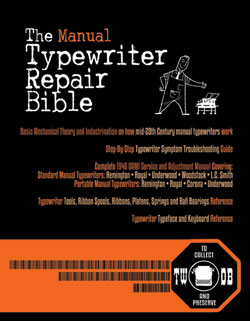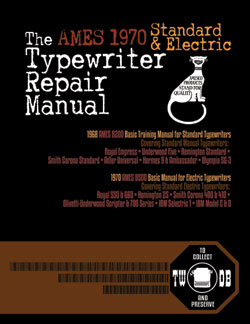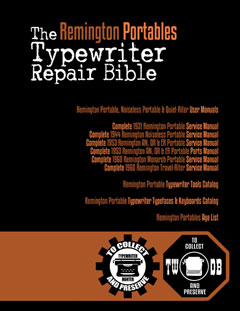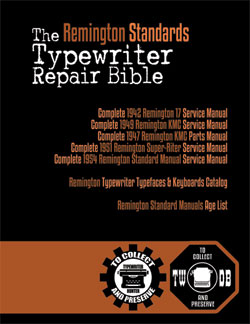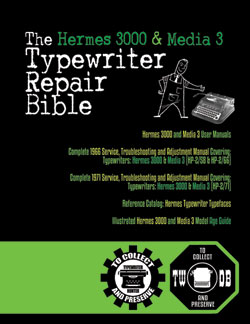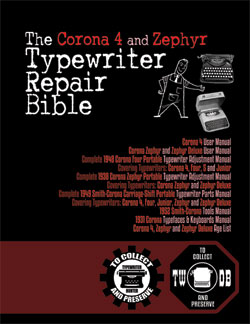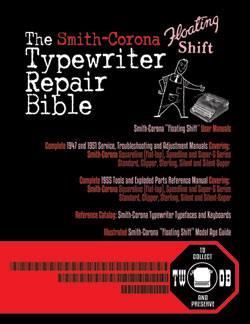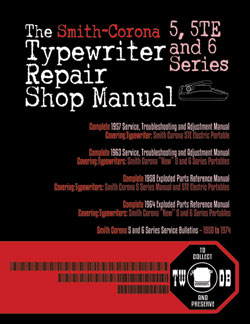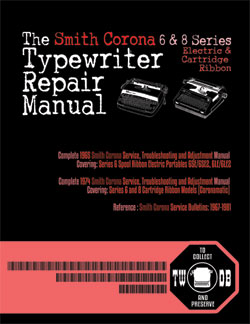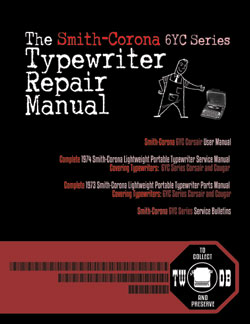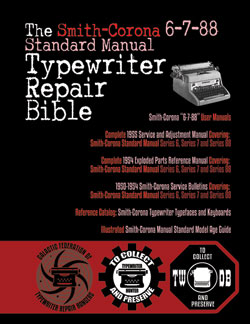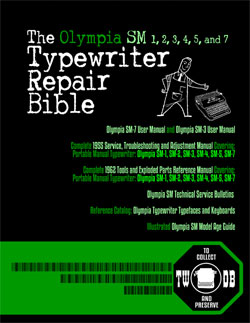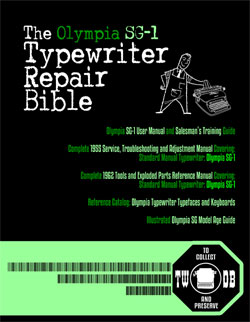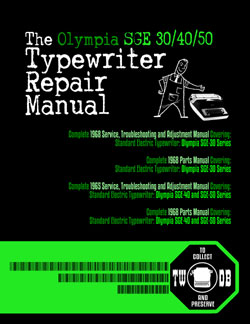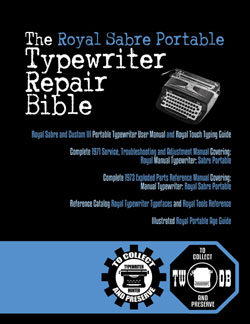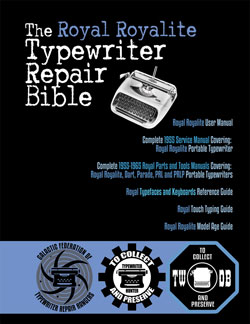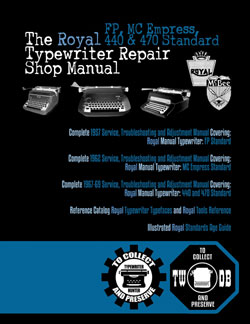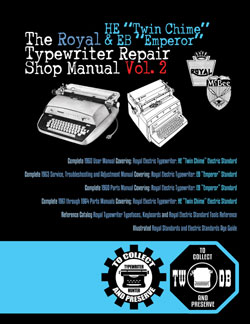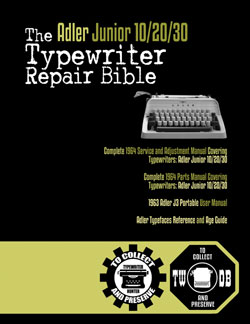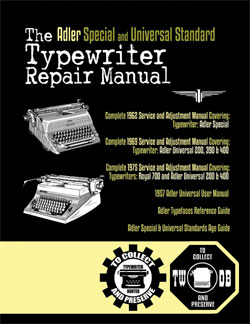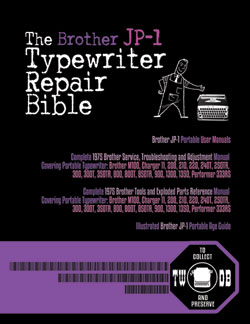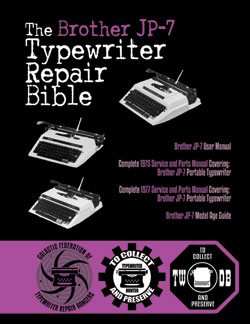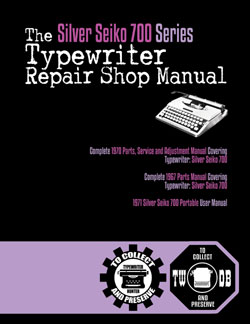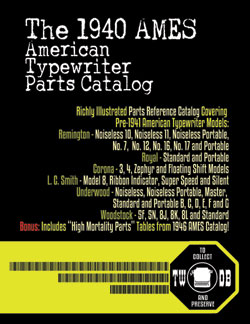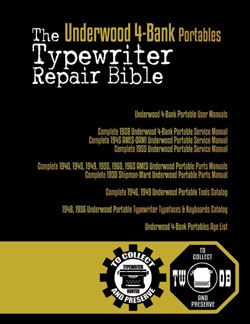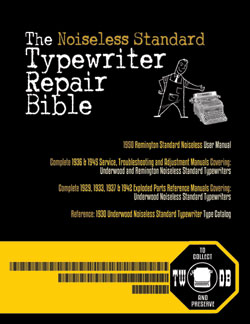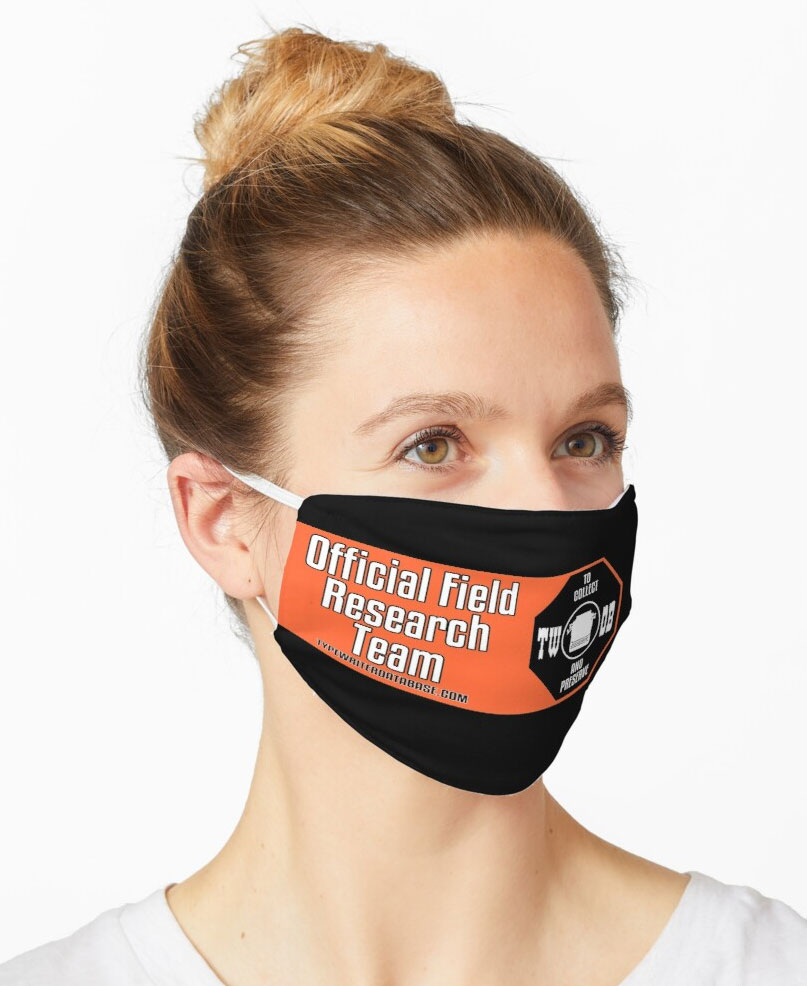1956 Erika 10 #1812507
Status: My Collection
Hunter: Stanislaus Strodorodofjodoff (Stanislaus)
Created: 04-24-2023 at 05:09AM
Last Edit: 10-30-2024 at 03:47PM
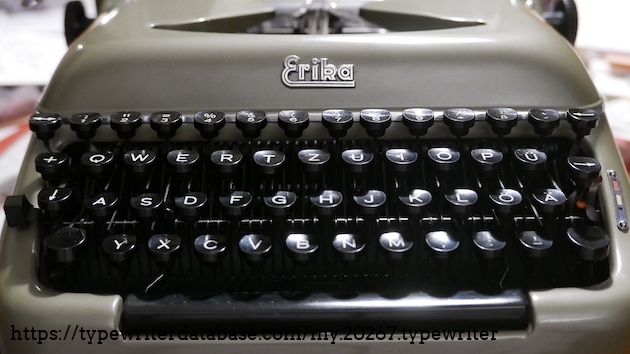
Description:
I found this typewriter recently in search of sth different. I bought it because of its flawless condition. When there is dust on these photos it it came from me when changig the ribbon. The chrome shows no stains or scratches. Even the thin blue line linlay in the logo still exist. Even more amazing, that machine works perfectly, doesn't stick, doesn't hook, doesn't hang.
It came with brush and pencil, as well as user's manual. Not to mention that also these are close to mint condition. I was told the seller's father once bought it just to type a few letters on it but in the meantime it was stowed away in a dry place.
Typeface possibly is "Perl". (Please suggest in comments. It is obviously not 12 cpi Elite, since it has about 11.3 cpi.)
When we are talking about typeface specimen. Did you know that, in East Germany, typewriters have been registered by ministry of state security aka Stasi or Staatssicherheit? Since each single letter is soldered individually on the type lever there are minimal dislocations. You can use this minimal displacements to identify a typewriter like a fingerprint.
Thus, typeface specimen haven't been produced just for quality check before delivery. No, these individual specimen of each typewriter have been collected by Stasi. If you were using your typewriter to publish pamphlets they easily could identify the owner, which must be the creator of the pamphlet. Creating unlicensed publications was forbidden in East Germany.
Even if you sell your own machine it was intended to write a contract (like for cars). So if Stasi asks you about your typewriter you were able to protect you from supression by showing that receipt you wrote. During the years no one ever did this but I do think I've seen such a receipt here at typewriter database.
That again was also a reason why pre-communist Mignon models oder Ideal Ds etc have been much more than a collectors item in G.D.R. ÔÇô┬áthose haven't been registered at Stasi. But careful: If you were writing letters using a typewriter and if you'be been listed at your local state security office they were fishing for your letters and made copies, so a typeface specimen has been connected to you. So they always knew where to knock the door firstly.
If you were one of these poor guys who encountered some adventures with the Stasi, it might possibly be that they already had files and measures on you. Best example is very common "Measure M" (Postkontrolle) which means that all your mail was fetched and opened, read, photographed (if requested) and then mail-forwarded by postal services. Occasionally they simply kept your whole letter as typeface specimen, and that letter never reached the one you wrote to.
Typeface Specimen:
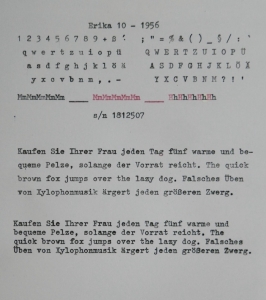
Photos:
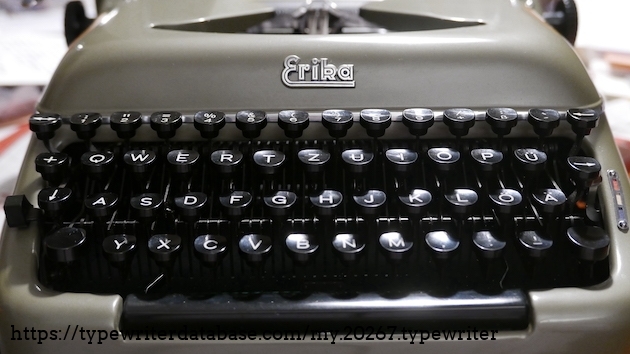
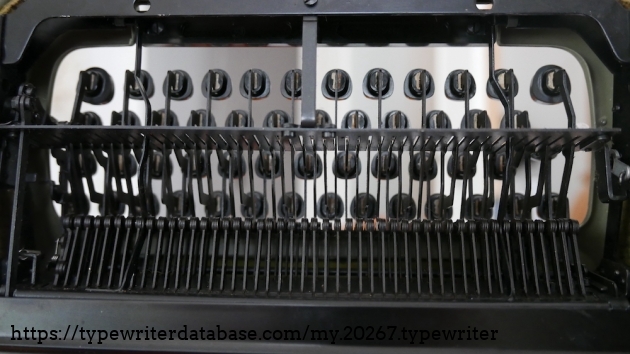
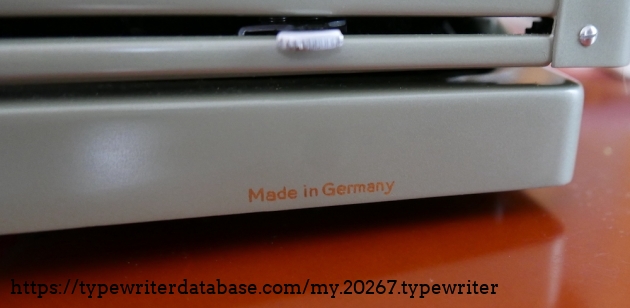
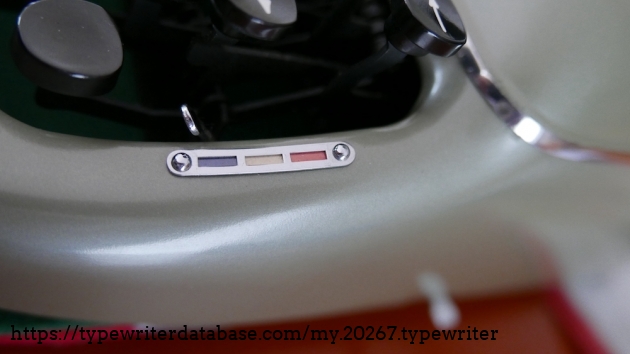
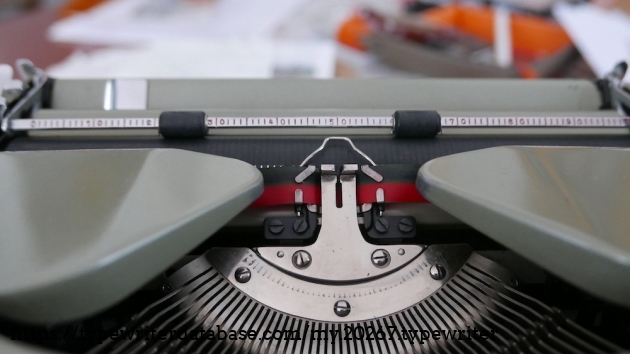
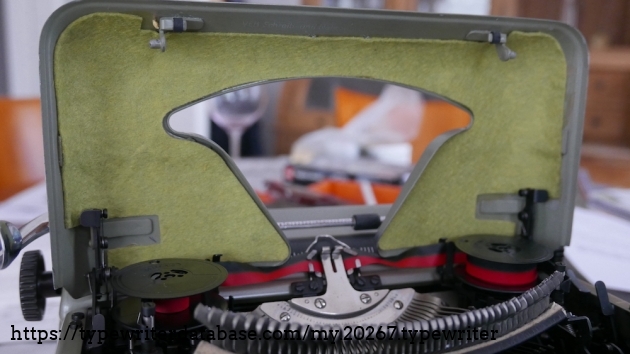
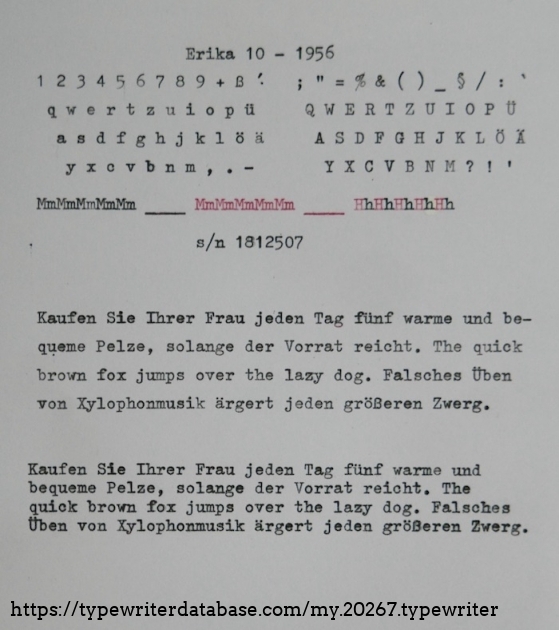
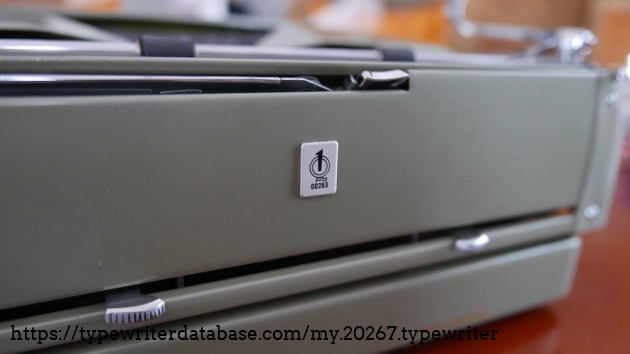
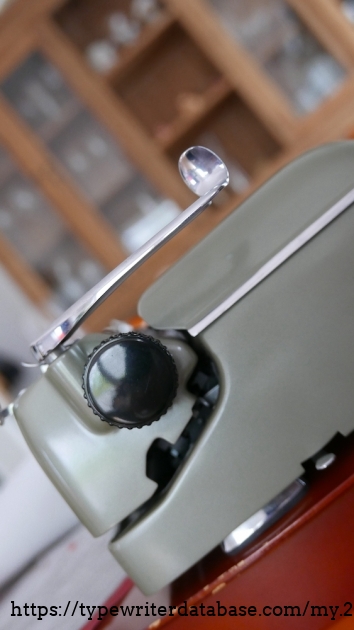
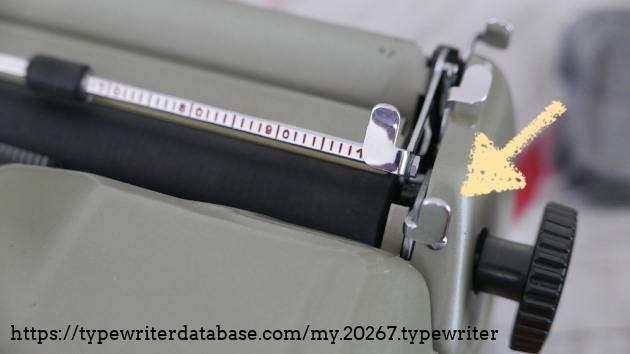
Hunter: Stanislaus Strodorodofjodoff (Stanislaus)
Stanislaus Strodorodofjodoff's Typewriter Galleries [ My Collection ] [ My Sightings ]

Status: Typewriter Hunter
Points: 156
A bloke from Germany who used to have a small computers collection to get the history of typing and text processing over periods of time. An S&N Ideal model D was the first in early 80ies. Later to be followed by an IBM Selectric as the step towards digital. Someother devices I used for typing in my professional and personal life, such as a Commodore CBM and Macintosh as well as a VAXstation as well as other things to process characters, were in the collection. The collection was ressolved due to space issues.
Today the Selectric, the Ideal D and a Macintosh Classic II are the remains from the past. Over recent years an Optima Plana, a Mignon, a S&N model S, a S&N model 10, a folding Erika by S&N and most recently an Erika 20 (disguised as a Neckermann Brillant Super) have been added. All in working condition and with fresh ribbons.
Please enjoy my galleries.
I am also looking for stuff, well stuff that anyone wants to collect: special typefonts (olde German), IBM printing elements for the 88 character machine, Mignon type cylinders and pointer-plates, mint condition Smith-Coronas...
RESEARCH NOTE: When researching the Erika 10 on a computer with lots of screen real estate, you may find that launching the Erika Serial Number page and the Erika 10 By Model/Year/Serial page in new browser windows can give you interesting perspectives on changes throughout the model series.
